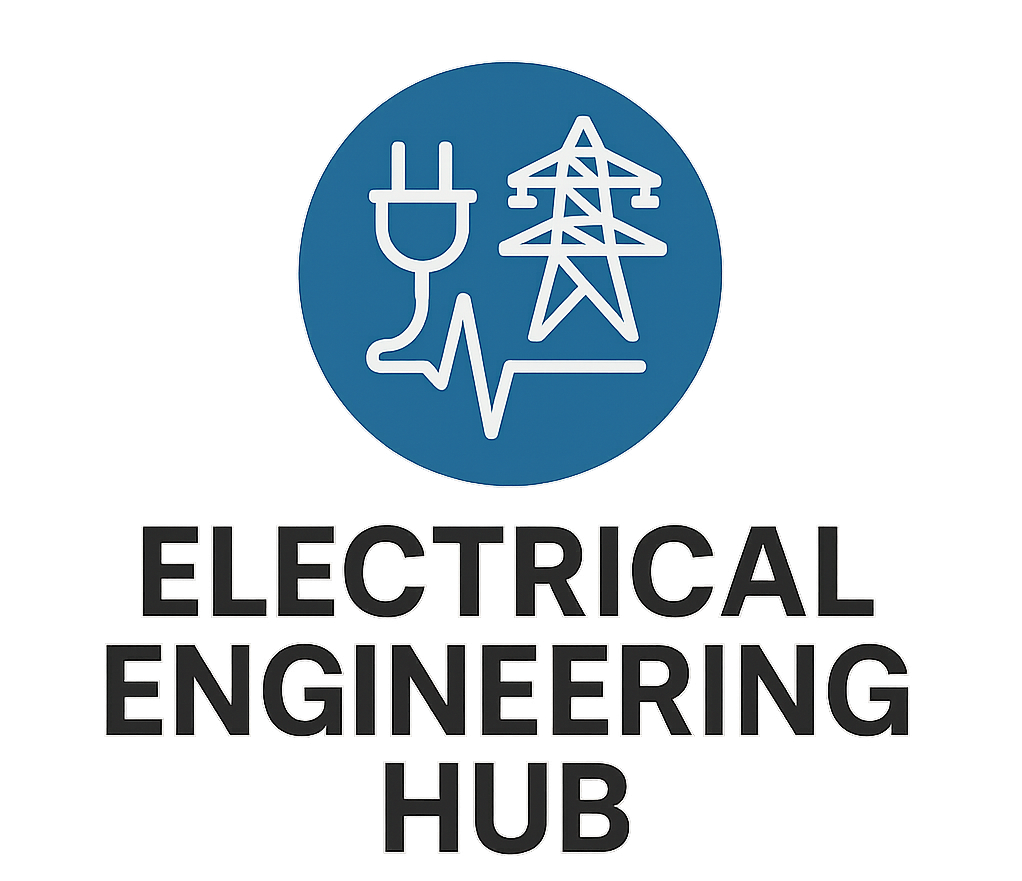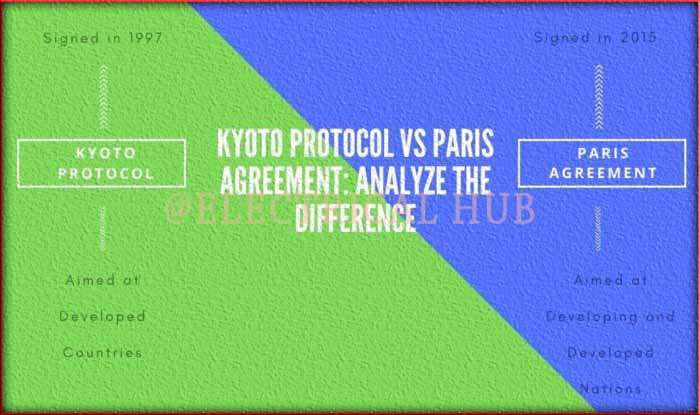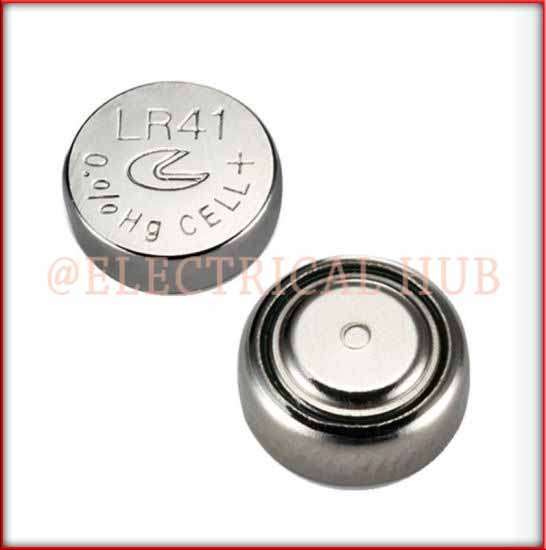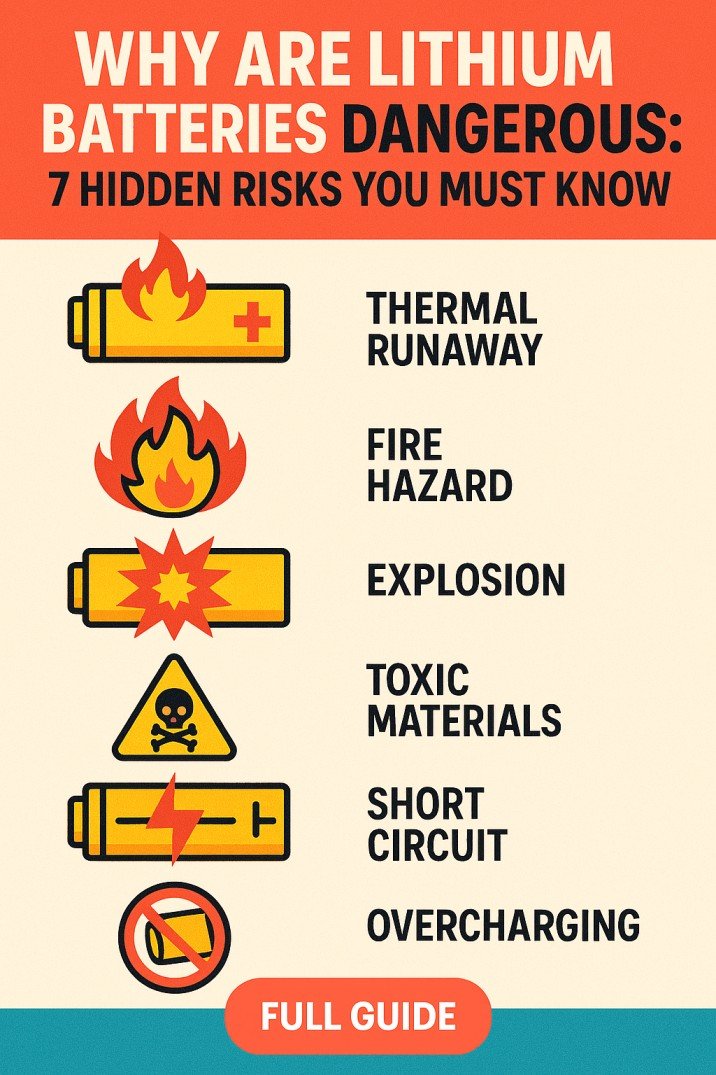Battery Energy Storage System Design and ROI
Understanding Battery Energy Storage System Design
A Battery Energy Storage System (BESS) plays a critical role in modern power systems. Whether integrated with renewable energy or supporting grid stability, its design requires careful consideration. Battery Energy Storage System design is not just about selecting a battery; it involves electrical engineering, energy management strategies, safety, control systems, and return on investment (ROI) analysis.
Table of Contents
Table of Contents

At its core, a BESS stores electrical energy in batteries and releases it when needed. This allows energy users—like solar or wind plant operators, utilities, and commercial facilities—to balance supply and demand, reduce energy costs, or provide backup during outages. To design such a system efficiently, understanding both technical and economic aspects is essential.
Key Elements in Battery Energy Storage System Design
The design of a Battery Energy Storage System starts with determining the application. Some common applications include peak shaving, time-of-use optimization, grid support, renewable energy integration, and backup power.
1. Sizing the Battery
Battery sizing is the most important part of the system design. It depends on the total load, the duration of backup or discharge, and the depth of discharge (DoD) allowed.
For example:
- If your facility needs 500 kW for 2 hours, then energy capacity = 500 kW × 2 h = 1,000 kWh.
- Factor in 80% usable capacity → Required capacity = 1,000 kWh / 0.8 = 1,250 kWh.
Know more about Hybrid Solar Inverter Working Principle with Circuit Diagram
2. Battery Chemistry Selection
Several battery chemistries are available. The most common are:
| Battery Type | Energy Density | Cycle Life | Cost per kWh | Use Case |
|---|---|---|---|---|
| Lithium-Ion | High | 3,000–7,000 | Moderate–High | Fast response, long cycle life |
| Lead-Acid | Low | 500–1,000 | Low | Low-cost backup power |
| Flow Batteries | Moderate | 10,000+ | High | Long-duration, scalable apps |
| Sodium-based | Moderate | 2,000–4,000 | Moderate | High-temp, grid scale |
Lithium-ion is currently the most popular due to its balance of performance and cost.
3. Inverter and Power Electronics
Every battery system needs an inverter to convert DC to AC and vice versa. The size and efficiency of the inverter determine how quickly and efficiently power can be delivered.
A BESS with a 1 MW output will typically require a 1 MW inverter, but design engineers often oversize inverters slightly (1.1 to 1.2 times) to handle transient surges.
Know more about How to Calculate Solar Plant Efficiency in 5 Steps
4. Thermal Management
Batteries generate heat during charge and discharge. Overheating reduces lifespan and can cause fire hazards. Effective BESS design must include ventilation or active cooling—especially for lithium-ion systems.
Passive cooling works for small systems, but commercial-scale systems typically require HVAC-controlled enclosures.
5. Energy Management System (EMS)
An Energy Management System controls the flow of power—when to charge, when to discharge, and how to optimize performance. EMS uses algorithms and real-time data to respond to energy pricing signals or demand patterns.
In a grid-connected BESS, EMS can also interact with utility signals for demand response programs, offering an additional revenue stream.
Know more about Solar System Sizing Calculator
6. Safety and Standards
Design must follow local and international standards such as:
- UL 9540: Safety of energy storage systems
- NFPA 855: Installation of stationary energy storage
- IEC 62933: Electrical energy storage systems standards
Safety measures include fire suppression systems, thermal runaway detection, disconnect switches, and proper spacing in installation.
Cost Considerations in Battery Energy Storage System Design
A complete Battery Energy Storage System design includes CapEx, OpEx, and lifecycle costs.
| Cost Element | Approximate % of Total Cost |
|---|---|
| Battery Pack | 40–50% |
| Inverter | 15–20% |
| EMS and Controls | 10% |
| Installation | 10–15% |
| Cooling & Housing | 5–10% |
Lithium-ion systems currently cost between $350–$600 per kWh installed. Prices are dropping annually due to technology advancements and manufacturing scale.
Know more about IEC Standard for Battery Energy Storage System
Calculating ROI of Battery Energy Storage Systems
ROI depends on how the BESS is used. Let’s walk through a sample ROI calculation for a commercial peak-shaving application.
Example: Commercial Facility Peak Shaving
- Peak Demand Charge: $15/kW/month
- Daily Peak: 100 kW
- Battery Required: 100 kW for 1 hour → 100 kWh
- Total Installed Cost: $500/kWh × 100 = $50,000
- Monthly Savings: 100 × $15 = $1,500
- Annual Savings: $1,500 × 12 = $18,000
- Payback Period: $50,000 / $18,000 = 2.77 years
If this battery lasts 10 years, total net savings = $180,000 – $50,000 = $130,000 ROI.
ROI improves further when participating in:
- Frequency regulation markets
- Arbitrage (buying low, selling high)
- Renewable smoothing
- Grid services or VPP aggregation
Improving ROI Through Smart Battery Energy Storage System Design
Smart design improves ROI in multiple ways:
- Accurate Sizing: Oversized batteries increase CapEx with no added benefit. Undersized ones limit savings.
- Right Chemistry: Match chemistry to application. Don’t use expensive lithium-ion for short, infrequent discharges.
- Modular Design: Use modular battery racks for easy scalability and maintenance.
- EMS Optimization: A well-programmed EMS increases utilization and aligns operation with tariff structures.
Know more about Comparison of Grid-Tied vs Off-Grid Solar Energy Systems
Battery Energy Storage System Design for Solar Integration
When paired with solar PV, BESS stores excess daytime generation and discharges it during evening peaks.
Design considerations include:
- Matching battery size to solar oversupply (e.g., 20% oversizing of PV)
- Coordinating charge/discharge cycles with solar generation curves
- Accounting for net metering or feed-in-tariff regulations
For a solar plant with 1 MW capacity, typical battery sizing would be:
- 4 hours of storage → 1 MW × 4 h = 4 MWh
- Useable capacity at 90% DoD → Required = 4 MWh / 0.9 ≈ 4.44 MWh
These systems often qualify for government incentives or renewable energy credits (RECs) which further enhance ROI.
Future Trends in Battery Energy Storage System Design
Technology is rapidly evolving. The following trends are reshaping how BESS is designed and deployed:
- Second-life EV batteries: Reusing EV batteries can reduce cost
- AI-driven EMS: Machine learning can forecast loads and adjust strategies
- Hybrid systems: Integration with diesel gensets or hydrogen for resilience
- DC-Coupled Systems: Higher efficiency and fewer conversion losses
Microgrids and community energy storage projects are also on the rise, opening up new ROI models for rural and semi-urban areas.
Conclusion: Maximizing Value Through Efficient Battery Energy Storage System Design
Designing a Battery Energy Storage System requires more than selecting components. It involves technical sizing, application-specific customization, thermal and safety controls, and an ROI-centric approach. Whether the goal is cutting energy costs, enhancing grid resilience, or enabling renewable integration, a well-designed system can deliver significant returns over its lifetime.
Follow Us on Social:
Subscribe our Newsletter on Electrical Insights for latest updates from Electrical Engineering Hub
#BatteryEnergyStorage, #BESSDesign, #EnergyStorageSolutions, #BatteryROI, #GridStorage, #RenewableEnergyStorage, #SmartGrid, #CleanEnergyTech, #EnergyEfficiency, #StorageSystemDesign, #SolarBatteryStorage, #MicrogridSolutions, #SustainableEnergy, #BatteryInvestment, #PowerBackup






Dead written content material, regards for selective information.